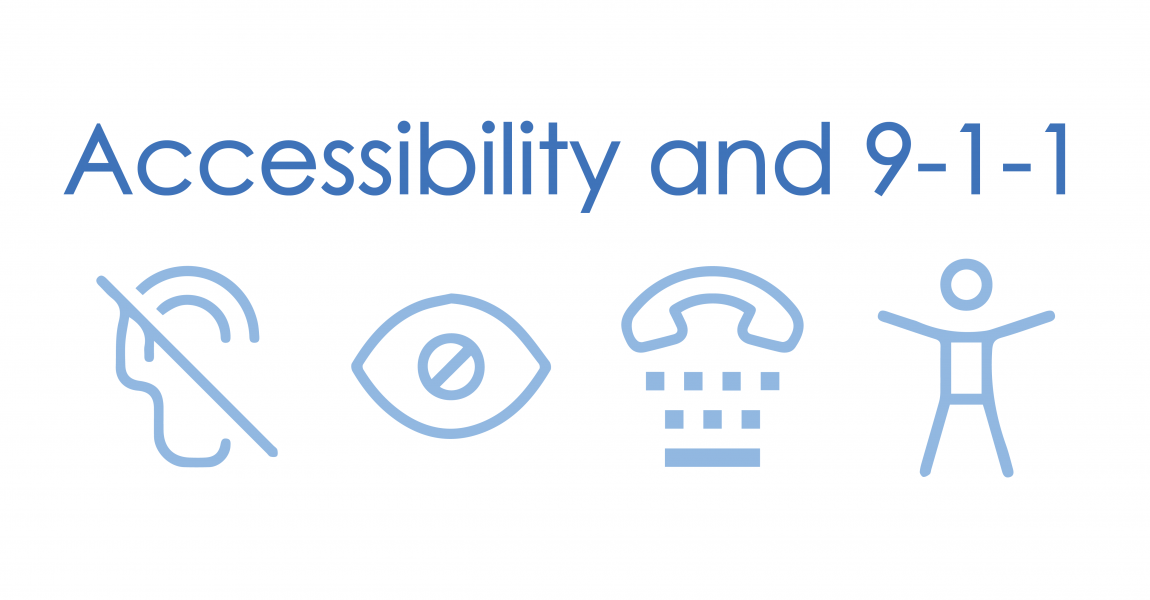How do I register my address with 911?
New year, new you, maybe a new home? Or even the launch of a new business? Either way, if you’re setting up a new phone system, or if you are responsible for ensuring new housing developments are addressed and listed in an Emergency Communications Center (ECC), it’s important to know how to register an address with 911.
Our 911 call centers and our staff members get this question a lot, but we at NCT9-1-1 actually are not the authority for registering 911 addresses. So, where do you begin?
What kind of buildings need 911 addresses?
Obviously, any house or brick and mortar business needs an address that is verifiable by 911, but also mobile homes, barns, garages, water towers, and other similar structures need to have an address associated with them. Usually, when applying for a building permit, you will also be required to fill out an application for a 911 address.
How do you apply for an address?
You need to reach out to your local 911 addressing authority to request a 911 address. You can search online for your county addressing coordinator’s contact information, or call your county government headquarters, or your county appraisal district offices.
We’ve collected all of the NCT9-1-1 addressing coordinator or county government information in the lines below.
How do you display your address?
Registering your 911 address doesn’t do you any good if field responders can’t identify it in an emergency. It’s important to clearly display your 911 address numbers from the road. Post these numbers where it would be obvious for someone who has never visited your home or business to see.
If you live at the end of a long driveway or access road, don’t just mark your mailbox. Make sure you also mark the entry to your driveway.
Though we emphasize that rural areas should take steps to display a readable address that is clearly identified, members of the public in suburban or even urban areas should also ensure their address is easy to see from the street.



